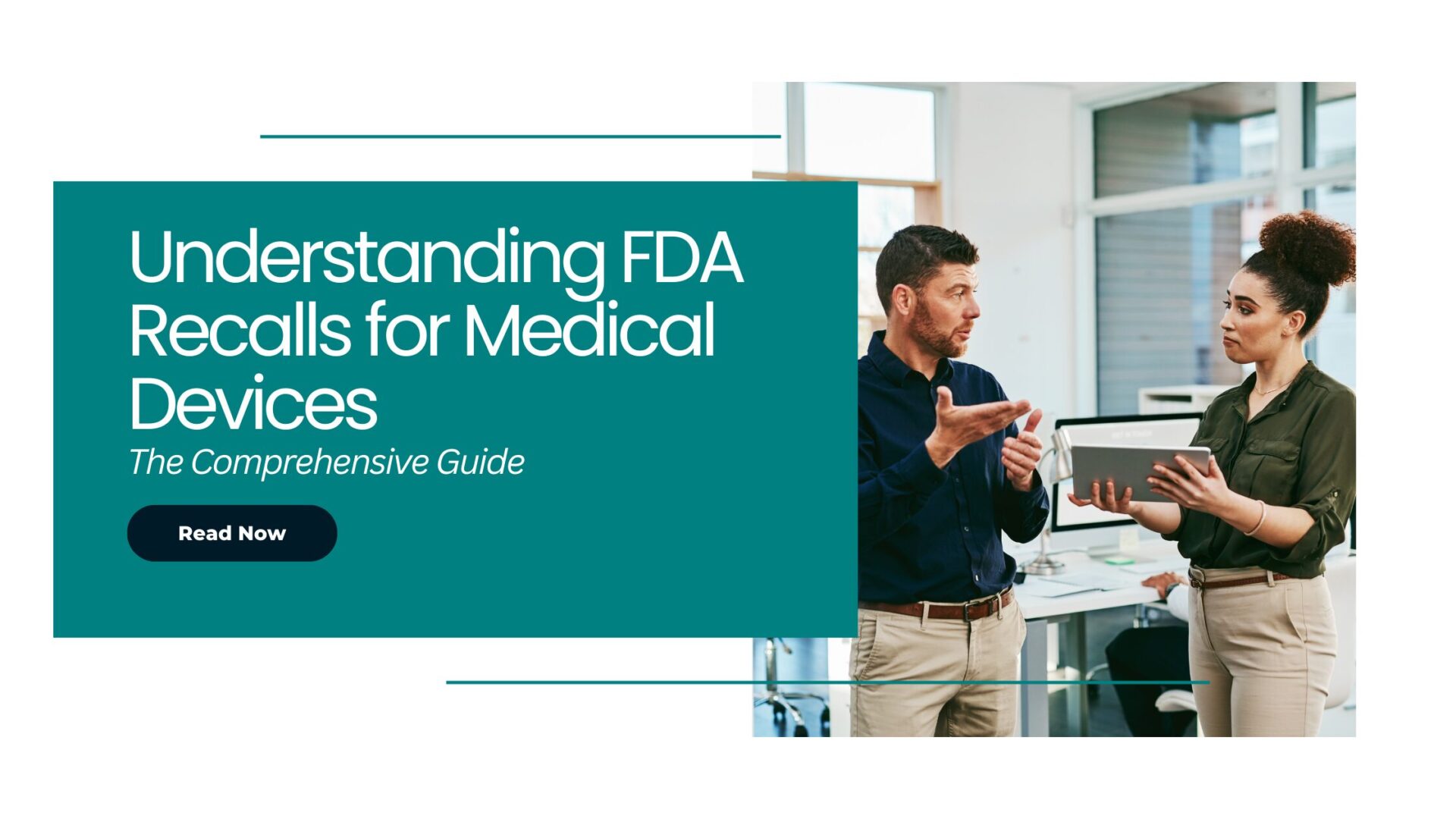In this article, we will be taking you through some effective recommendations ensuring there is no FDA 510k clearance delay. So, if you wish to learn how to make a successful 510k submission, this article is for you.
A medical device, before being released into the interstate US commerce, needs to pass the fastidious scrutiny of the FDA. Apart from the devices in class III, which require a PMA, for few of the devices in class I and most of the devices in class II, Premarket Notification or a 510(k) submission is mandatory.
As FDA takes total responsibility of protecting and promoting public health, it has in place a set of unyielding rules which need to be followed in order to procure a FDA 510(k) clearance.
It is the responsibility of the manufacturer to ensure that they adhere to even the minutiae details of the rules, and if they do not, then there is a rationale in place for non adherence. Many manufacturers would take the help of experts like Elexes for this purpose.
The time span of getting a device cleared in 90 days is applicable only if all the required documents and processes are in place. Failure to do so, might result in the 510(k) review process taking months.
Check out the 510(k) decision making flowchart for more clarity.
5 Recommendations to Avoid FDA 510k Clearance Delay
● Labelling and claims – The first indicator of Authenticity
Labelling is a piece of information which communicates safety and performance related information to users of medical devices.
One of the most important aspects taken into consideration by the FDA during 510(k) submission review is ‘intended use’ and ‘indications for use’. Check out detailed difference between indication of use and intended use in our article: Difference between intended use and indications for use!
Based on these claims, the FDA evaluates if the selected Predicate is good, the testing submitted is sufficiently supporting each claim, and the instructions for use are clear, comprehensive and in compliance to requirements.
● Choosing the Right Predicate to Avoid FDA 510k Clearance Delay
A predicate device is a legally marketed device to which equivalence is drawn. Selecting the right predicate is the first most important step in any 510(k), and is in fact the foundation of a 510(k) application.
For a 510k Clearance, the FDA should be convinced that the new device has identically the same intended use, technological characteristics, and, safety and efficacy as that of the predicate device.
● Device Labelling
Device labelling and performance have a major role to play in the predicate selection. It is essential that you choose a predicate in comparison to which your device can perform as good or even better, and the claims to which are comparable.
One or more than one predicate can be selected, however with each predicate you should be able to get through the entire FDA flowchart.
Failure to provide thorough information advocating the subject device and predicate device or not providing it at all will surely stall the 510(k) submission, and in some cases, might call for resubmission.
● Careful and Accurate Testing
Typically the types of testing important for a medical device are:
⦿ Performance testing
⦿ Bench testing
⦿ Animal testing
⦿ Clinical testing
The type and extent of testing a device needs to go through depends on the indications for use, level & duration of contact with human body, target patient population, applicable regulatory requirements/standards, functionality and presence of an appropriate predicate.
It is imperative to carry out all the testing required, and submit corresponding documentations such as, test results to support your 510(k) application.
● RTA and eCopy
The Refuse To Accept policy is a criteria followed by FDA to ensure that there is an enhanced submission quality and a superior review efficiency.
To avoid the RTA, we highly recommend you to take help of 510k consultants.
An eCopy(electronic copy) is an exact duplicate of the paper submission, and could be volume or non-volume based. Correct compilation of the e-copy and RTA checklist are the first steps to ensure smooth navigation of the 510(k) submission.
● A Good Presentation Never Hurts
For a 510k clearance, presentation is as important as content. The documents submitted to the FDA should be legible, concise, accurate, traceable and attention should be paid to maintain the consistency of the terminologies used.
There is nothing better than making a transparent and well-organized submission which is well in accordance to the guidelines. The easier it is for the FDA reviewer to understand the merits of the device in question, the more are the chances of it attaining a favourable response.
Hope these tips come handy for your next submission!






















